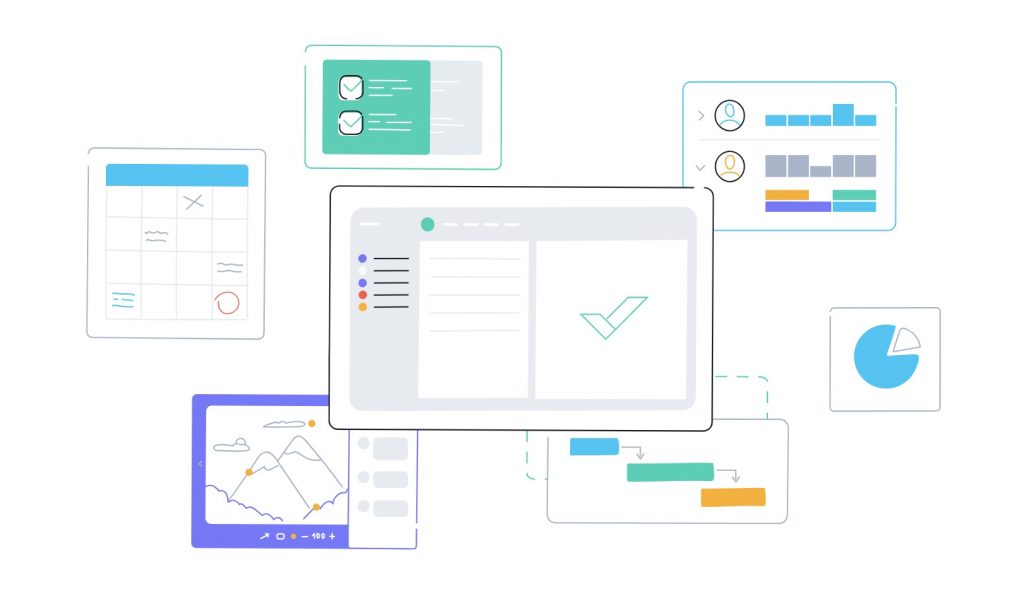Project management training teaches us that the terms quality management and project management go hand in hand. It has become an undeniable fact that project management has become quality driven. This includes quality control, quality improvement and value-added management. The goal is to ensure that desired quality is achieved through project management. This means that it is important to maintain consistency across all projects and not fall into the trap of reaching perfection. Owners, stakeholders and clients of the project decide the quality that is to be maintained. Some of the quality characteristics to focus on include consistency, functionality, reliability and suitability.
The 3 stages
There are 3 stages in quality management which are quality planning, quality assurance and quality control.
Quality Planning
This is the stage where the quality plan is created to include the objectives or goals which are then communicated to the stakeholders in any given project. The level of standard is then worked out through thinking of questions such as, what the level of quality stakeholders are expecting, how customer satisfaction will be measured, and will quality measures result in project success? A project will be seen as successful if the objectives are reached according to criteria such as timescales and budgets. The quality plan can then start with the allocation of tasks to specific team members.
Quality Assurance
Quality assurance involves evaluating a project to make sure it is delivering quality services. The quality plan will only be effective if all the quality characteristics are in place. If the quality goals look like they won’t be achieved, then actions need to be identified to rectify these. Quality assurance is usually carried out through quality audits, which you can learn more about through project management courses. In a quality audit session, the team dealing with this area would review quality metrics such as on time performance, failure rate, budget constraints and then measure these against the quality baseline.
Quality Control
To ensure quality control, operational techniques are used as this will result in quality standards. This stage should include checklists which can be complex or simple but need to show the structured tools used to show the steps which have already been performed. This stage of quality control also utilises graphical analysis tools which are used to display the data which is used to make decisions concerning the quality of the output of the process. Charts such as run charts, control charts and scatter plots can be used for this. This stage focuses on monitoring project results and their delivery to ensure that the desired results are being achieved or not. If they are not being achieved, then alternative methods need to be looked at and deployed.
Through following these stages, quality management will be centric to project management. Quality management will ensure that the projects worked upon will deliver the desired effective results. If project managers want to improve results over the long term, they must develop a continuous mind-set. This can be achieved with using the various quality tools and techniques on every project they take on.




